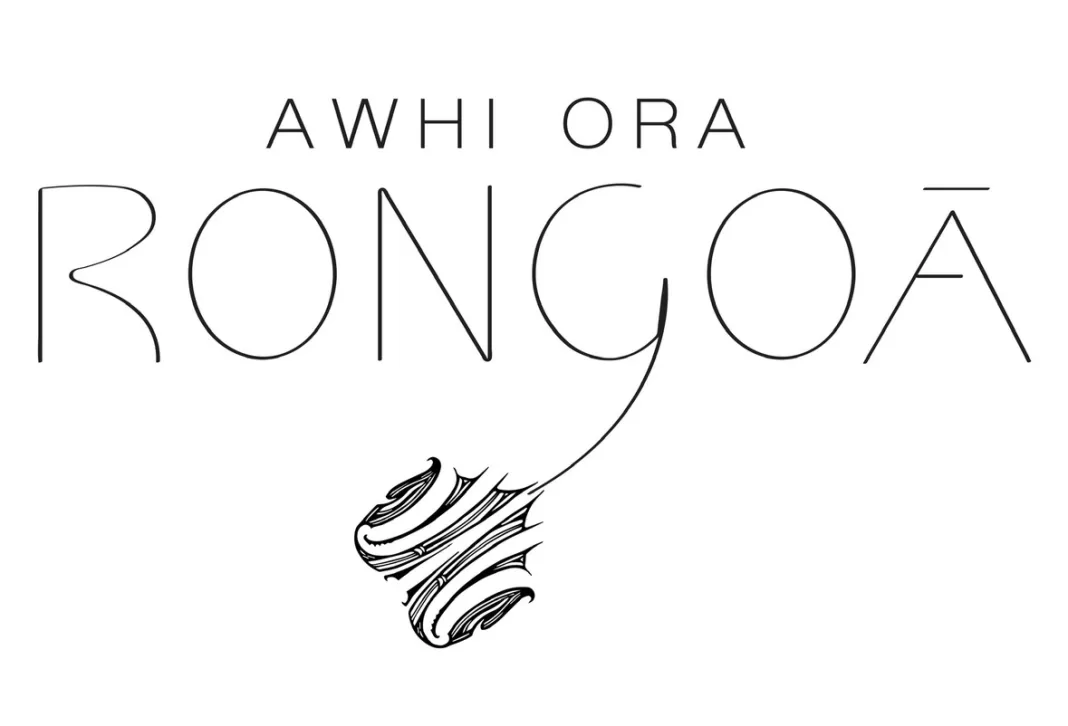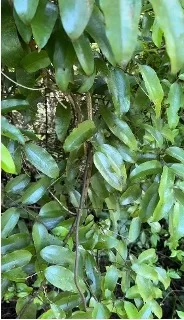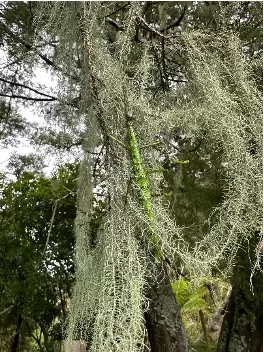Rongoā Māori is a traditional Māori healing practice using wairuatanga (spirituality), native trees and plants of Aotearoa (New Zealand).

For this article I’ve teamed up with Awhina, a lovely wahine who has spent many years rediscovering and learning rongoā Māori (traditional Māori approach to healing). Awhi runs a rongoā Māori business providing hand-made and -harvested rongoā products, as well as online consultations. You can find more about Awhi’s business on her website, her Facebook and her Instagram.
In this piece, Awhi generously shares her expertise on some of the native plants we come across while tramping, and their healing uses.
Ko Hikurangi te maunga
Ko Waiapu te awa
Ko Ngāti Porou me Te Whanau-ā-Apanui ōku iwi
Ko Rahui me Kaiwaka ōku marae
Ko Awhina Henry tōku ingoa

Rongoā Māori: Tikanga (the right way of doing things)
When entering the ngahere (forest) always karakia (pray) and give thanks to the atua (gods); Papatūānuku (Earth Mother) and Tāne Mahuta (God of the Forest) for the the plants and trees that they have created as gifts. Say thanks to the Patupaiarehe, who are the kaitiaki (guardians) of the plants and trees. Give thanks to the manu (birds), the ngāngara (insects), kararehe (animals), and the iwi (local Māori people). Try acknowledge all the beings that look after the ngahere in your karakia. You are in their home, their space. They deserve to be acknowledged and respected just like you would in a friend’s home or your own home.
Rongoā Māori: Tikanga when harvesting
Take only what you need. Always karakia and give thanks to all the beings that look after the forest. Harvest in the morning sunlight. When harvesting from kawakawa, harvest from many plants, not just one kawakawa bush. This helps the sustainability of the tree. Harvest kawakawa with holes in the leaves, because the looper caterpillars have activated the medicine.
There is so much more to rongoā than what is written. Always be cautious before harvesting and don’t harvest if you are unsure. Always reach out and ask if you want more information or are uncertain.
Kawakawa
Pakiwaitara (story): Ranginui (Sky Father) and Papatūānuku (Earth Mother) loved each other so much. They were always in a tight embrace. Their children, our atua, lived inside this embrace. The atua, except Tawhirimātea (God of the wind), wanted them separated so they could live in the light (Te Ao Marama). So when Ranginui and Papatūānuku were separated this broke the heart of Papatūānuku. So Tāne Mahuta created kawakawa to heal her broken heart. This is why her leaf is shaped like a heart.
Healing: Kawakawa is a blood purifier and blood cleaner. This plant can heal many skin ailments like eczema, psoriasis, dermatitis, cuts, gashes – it is an all-round general skin healer. Kawakawa can help detox and clear out systems in the body. In this way it can help the digestive system, liver, bladder and most organs internally, even the respiratory system.
Kawakawa can be a very strong sedative and a laxative to some. You can chew its leaves to help toothache and use it as a poultice to draw out a sting or bring inflammation down after an injury. The plants also have yummy orange / yellow berries that you can eat to give you stamina while tramping (but don’t eat too many as it’s a laxative).

Kaeao (Supplejack)
Our tipuna would use kareao for many things from hinaki (eel pots), fish traps, bird cages, cray pots and fishing. You can use the vine to make stretchers to carry injured people out of the bush.
Kaeao could be used to cauterise a wound and stop it from bleeding. This was done by igniting a dry piece of the vine and applying to the wound. Or the sap of a young plant could be applied directly onto the wound, or use the leaves and crushed roots to make a poultice.
The roots can be made into a tonic to help clean the blood, fever, kidney, bowel and liver complaints.

Angiangi (Old Mans Beard, Usnea, Lichen)
Angiangi is known as the lungs of the forest because it grows on trees and helps the trees to breathe. It only grows where the air is pure and clean.
It can be ground up into a powder form to be used as a tea, a plaster or made into a balm / oil. Angiangi is antibacterial so can helps the immune system fight coughs, flus, any respiratory problems. It is antifungal so can help clear fungi and bacteria on the skin like candida.
Angiangi can be dried and ground into a powder to sprinkle on a wound, cut or gash. It was also used by our wāhine tipuna during their ikura/period as sanitary pads to soak up menstrual blood.

Koromiko (Hebe)
The young buds of the koromiko are eaten and chewed raw to help with digestive complaints like diarrhoea. Six buds for child under 6 years of age and so on up to 12 for an adult. This was how our tipuna healed diarrhoea. Koromiko was also sent over to the men of Aotearoa fighting in the Second World War as a remedy for dysentery.
“When an epidemic of diarrhoea filled Christchurch Hospital in the late 1800s, doctors could not cope until tried the Māori remedy of Koromiko, giving patients up to twelve soft leaves (but no more) to chew raw” –Tipa.
Externally the leaves are similar to the skin healing properties of Kawakawa. Koromiko can heal eczema, psoriasis, shingles, skin sores, rashes and boils and so many other skin ailments. It can be bruised and used as a poultice or made into a pani (balm). It is a gentle plant for a baby to help skin conditions like nappy rash

Ongaonga (Stinging nettle)
This plant is one of the most poisonous native plants in Aotearoa. The ongaonga tree is covered in stinging needles that give off a poison when brushed against. People have died or have become extremely unwell from the stings which are painful and can have a numbing effect. So please use extra caution when approaching this plant.
Ongaonga was used by my tipuna to help heal eczema, venereal disease and many other skin ailments like skin rashes, wounds, insect bites. During summer this can help keep away the mozzies as this plant can be made into an insect repellent. The leaves were made into a tonic to help stomach ache and as a treatment for gonorrhoea.

Tūpākihi / Tutu (Toot, Coriaria)
Tūpākihi is an extremely poisonous plant. Do not consume it, especially the purple berries. Kia tūpato. Be careful.
Tūpākihi is usually found along the river or disturbed and cracked banks of earth. Our tipuna would scrap the pith out of the young shoots and pound the leaves into a poultice to cover broken bones or sprains and strains like a cast.
This plant can help to heal muscle and bone damage when made into a pani. It can help sprains and strains, torn ligaments, arthritis, sciatica, back pain and many sports injuries.


We hope that you have found this article on rongoā Māori interesting and helpful! It only really brushes the surface of rongoā Māori with some of the more common plants you might come across when tramping. To learn more, chat with Awhi over on her Instagram, or attend one of her consultations or workshops. You can also check out Te Ara, Pokapū Akoranga Pūtaiao, or Tirohanga Ngahere.
Where to next?
LET ME KNOW WHAT YOU THINK! LEAVE ME A COMMENT OR MESSAGE ME OVER ON MY INSTAGRAM.
I love hearing from readers and helping them plan their own adventures!


